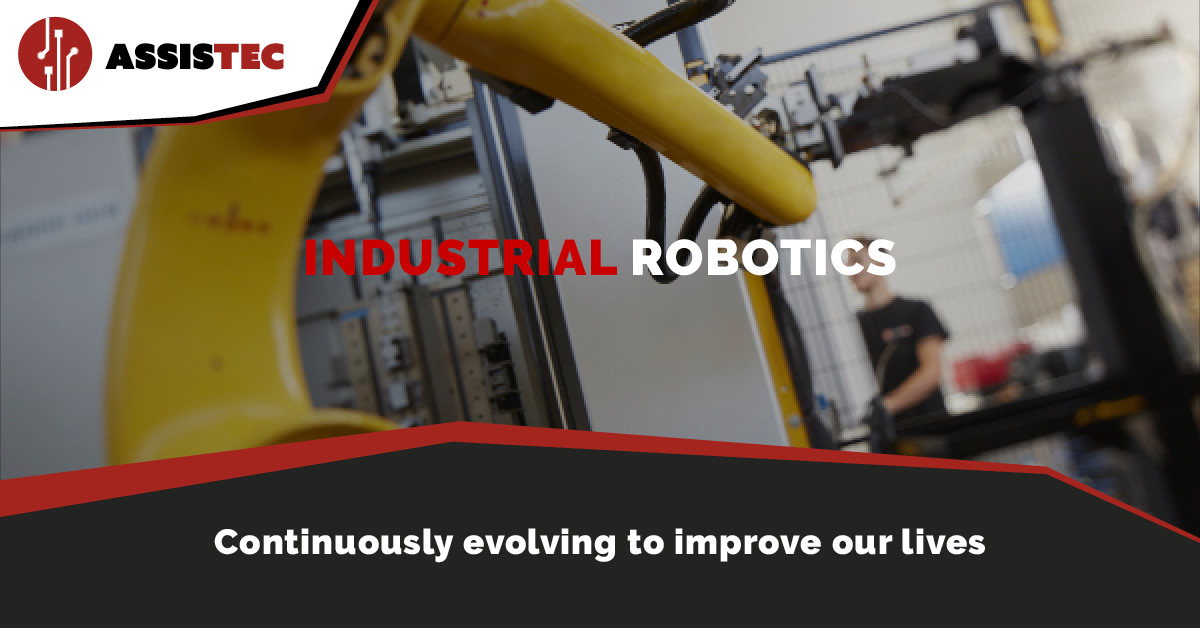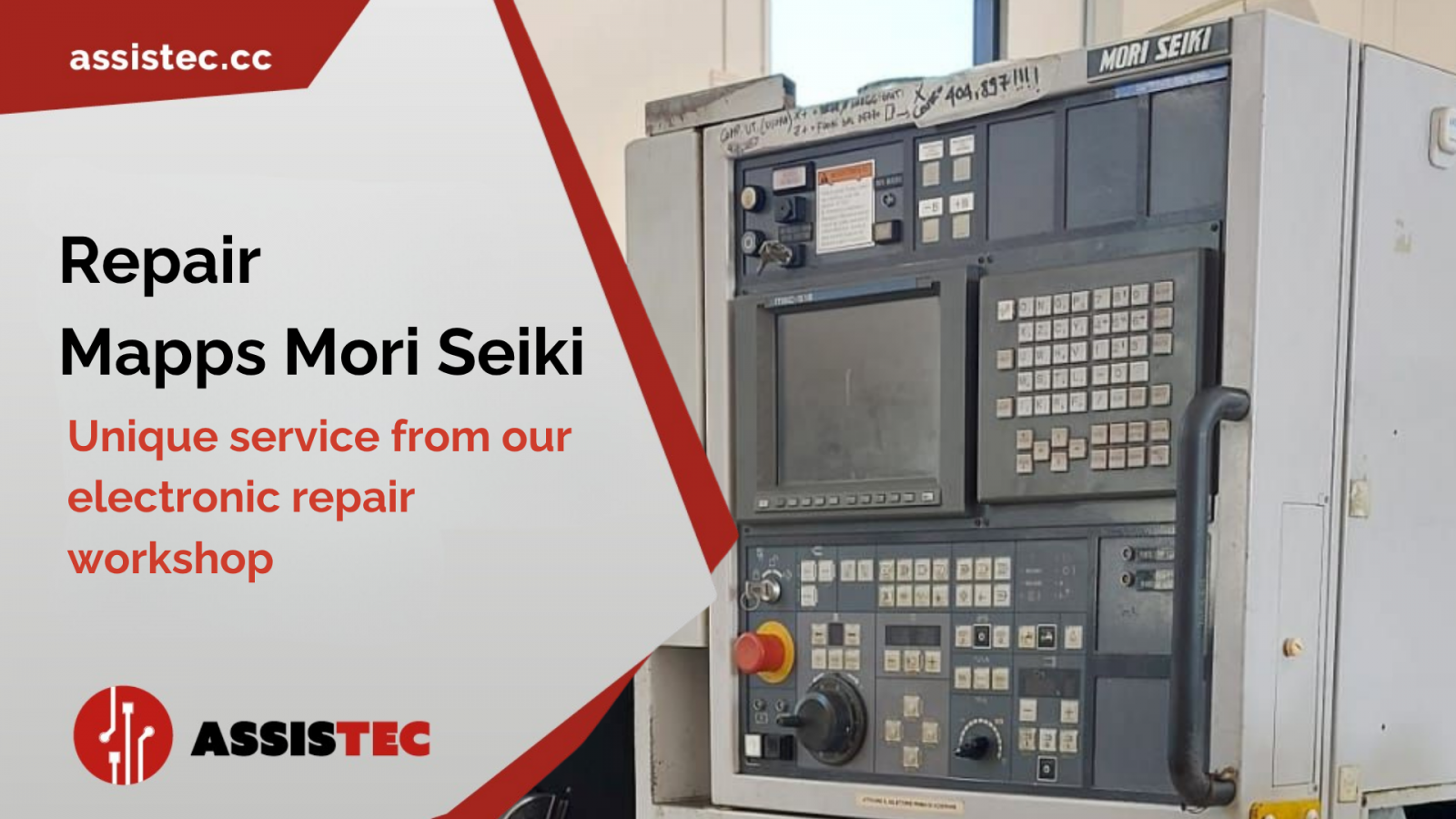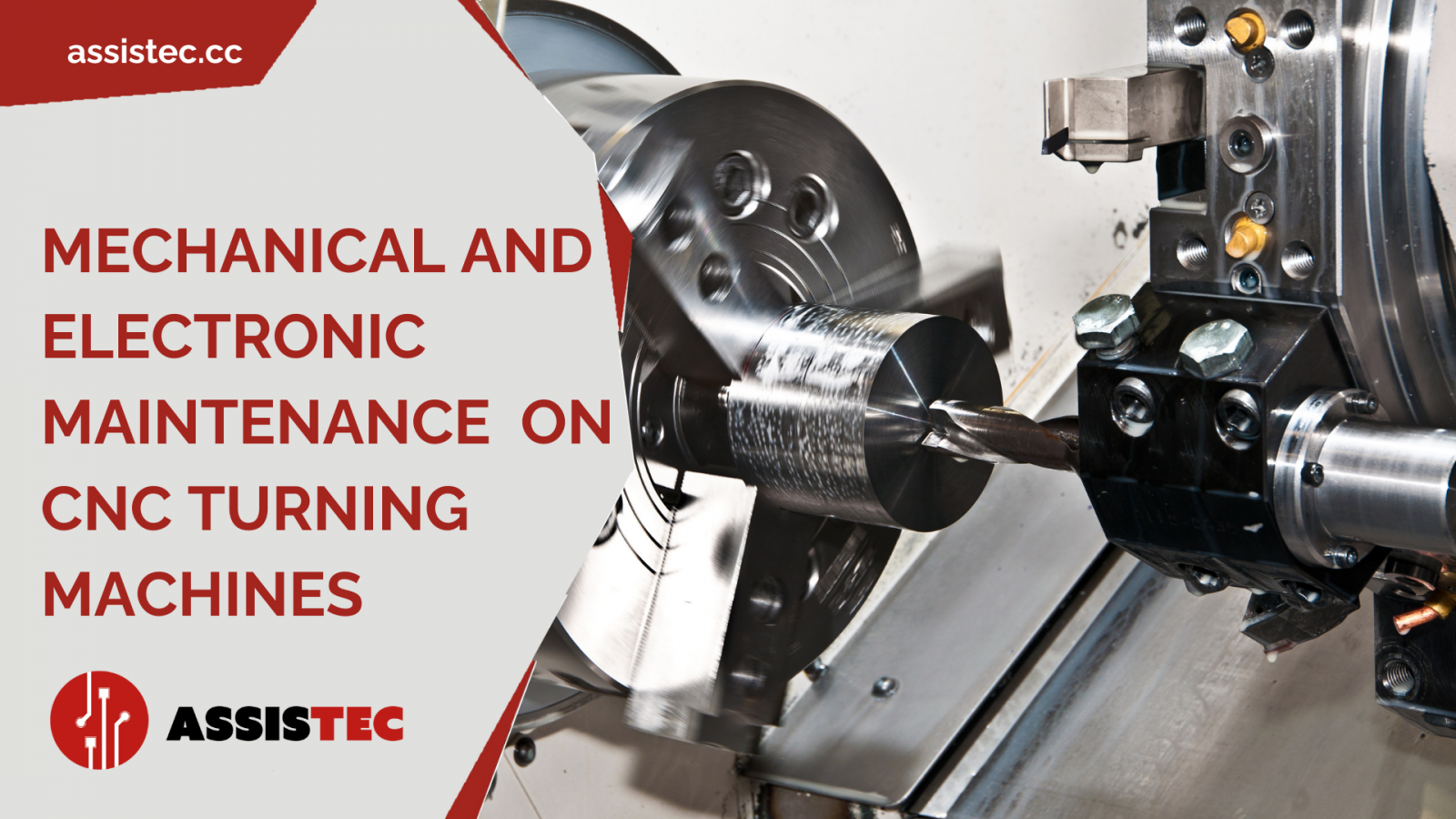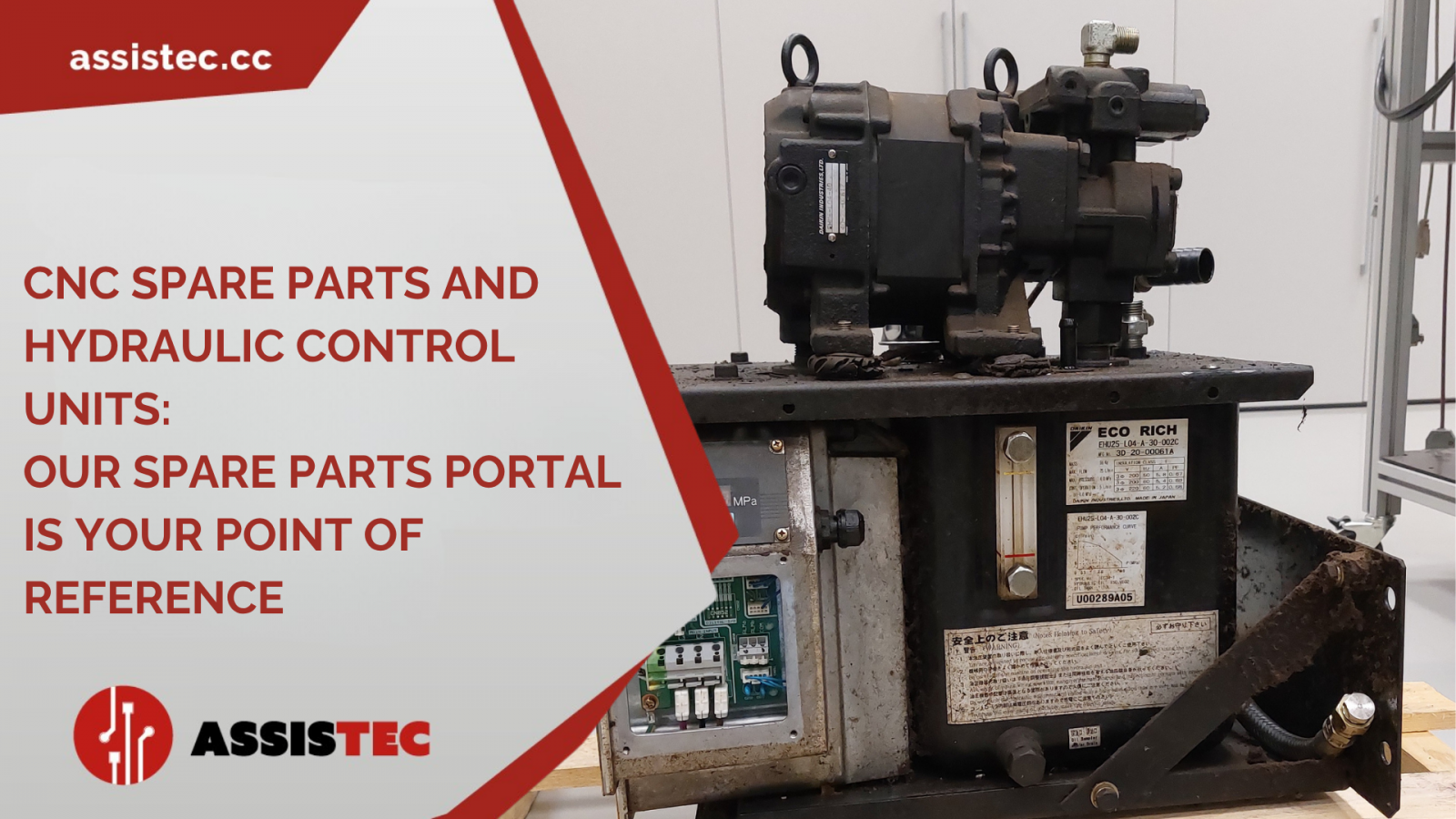A brief history of industrial robots

Origins and developments in automation
Robots are with us! And they have been for quite some time now. From ancient times to the present day, these innovative tools help us every day to improve our lifestyle and working conditions by optimising industrial production processes. Despite their remote origins, their name is fairly recent. The term “robot” was first used in 1920 by the writer Karel Čapek, in his short story “Rossum's Universal Robots”. Before then, however, automaton was already widely known, at least in a theoretical sense.
The concept of artificial life was strongly present in Greek mythology and Jewish popular culture, but it was not until around 60 B.C. with Heron of Alexandria that the first mechanical automaton was developed. It was a three-wheeled chariot capable of following a predetermined path. The research was then taken up and developed by Leonardo da Vinci in 1478, when the famous scientist designed what is still considered to be the first self-propelled cart, driven by spring mechanisms, and also the mechanical knight, a humanoid designed to perform various movements. In addition to these, countless other historical figures have distinguished themselves in this field, including the philosopher Aristotle, the Chinese inventor Su Song, the Frenchman Jacques de Vaucanson, and the more contemporary W. Grey Walter and Ichiro Kato.
Modern robotics
Thanks to continuous mechanical and technological innovations, robots have become increasingly autonomous and efficient, transforming the old imagery of interaction with humans into reality. Just think of Baxter's humanoid robot, equipped with two arms and a “face” on an LCD screen, or the Spot range by Boston Dynamics, a four-legged robot that can climb stairs by itself and travel across rough terrain with ease. These tools are designed to work alongside people, helping them and paving the way for new developments.
The introduction of robots in industries
It was George Devol and Joe Engelberger, two US engineers, who developed the first programmable robotic arm in the 1950s, leading shortly afterwards to the creation of UNIMATE, the first industrial robot. In 1961 General Motors introduced it into its assembly line. Its task was to perform repetitive and dangerous actions on the car production line. Then in 1978 came the SCARA (Selective Compliance Assembly Robot Arm), considered revolutionary at the time for its 4-axis movement ideal for pick & place applications.
Since then, countless advancements have been made, with increasingly powerful and multifunctional tools coming onto the market, ushering in the era of the smart factory and Industry 4.0. Today robots are widely used in various industries, from fashion to automotive, and aerospace, establishing themselves as a leading automation solution and continuing to evolve to ensure the best possible performances.
Industrial robotics according to Assistec
At Assistec, we provide customers with all our expertise and know-how acquired over more than 25 years working as a technical support service and system integrator, to design and build automation systems for CNC machine tools. Thanks to our Robofeed line, which includes state-of-the-art robotic islands with unique technical features, such as Robofeed A20 and Robofeed C10, we guarantee a 360-degree servicing of the machine.
Contact us for more information or call us on +39 0522 989436.
Recent Posts

-
MAPPS Mori Seiki: cutting-edge technology at the service of CNC programming
In the world of CNC machining, Mori Seiki has always been synonymous with precision, efficiency and innovation. Among the systems that have contributed most to building this reputation, MAPPS (Machine Advanced Programming Production System) occupies a place of absolute importance. This hardware, integrated into Mori Seiki machines (updated in CELOS), allows for intelligent management of every stage of production, from programming to simulation. Today, thanks to the many years of experience of the Assistec laboratory, it is possible to repair MAPPS Mori Seiki, with the certainty of turning to a team of qualified, up-to-date and responsive professionals.
-
CNC lathes are the beating heart of many mechanical workshops and manufacturing companies. However, their ability to guarantee precision, production continuity and impeccable finishes depends on a factor that is often underestimated: maintenance. Regular mechanical and electronic maintenance is not only a technical requirement, but also a business strategy that reduces machine downtime, preserves product quality and extends the life of the equipment. This guide explores all the operations necessary for comprehensive maintenance, with practical advice and guidance on when it is essential to rely on specialised professionals.
-
The efficient management of CNC machine tools cannot be separated from a reliable, timely and well-organised spare parts system. This is where the Assistec Spare Parts Portal comes into play, designed to provide concrete support to workshops, maintenance technicians, technical managers and industrial buyers.
Thanks to direct integration with the automated warehouse, the portal allows you to identify and order new and remanufactured components in just a few clicks, with real availability and fast shipping.
Among the most requested spare parts today are hydraulic control units, which are essential for ensuring the operational continuity of CNC systems




